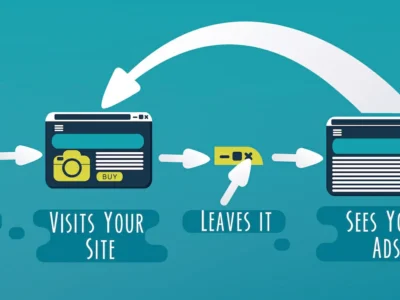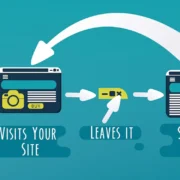The point-of-sale (POS) section in every retail establishment is located at the checkout counter. This is where personnel conduct transactions for customers. Companies must determine the total amount of an order and then ring up individual items to collect payments. Checkout registers are analogous to product assembly lines. A product manufacturer is a company that assembles finished checkout counters by starting with raw materials and employing a range of pieces of manufacturing equipment.
The following are the most typical varieties of checkout counters
Counters Used for Cash Wrapping
The term “cash wrap counter” comes from the location in the store where things are sold in exchange for cash and then wrapped up for consumers to take securely with them as they leave the store. However, since that time, many things in the retail sector have changed, and as a result, the cash wrap counter of today is nearly unrecognizable.
Currently, the cash wrap counter is made up of various things, including product displays, heavy hardware, kiosks, and marketing. These regions are entirely modifiable, enabling businesses to devise one-of-a-kind floor plans that make the most efficient use of their space.
Cash Register Counters
- In the past, cash register counters were solely used to keep currency, but today’s digital versions make it possible to handle various payment methods, including credit cards and checks.
- Various types of hardware, such as cash drawers, monitors, and scanners, are often included in counters.
- The appearance of these counters might vary significantly from one another, depending on whether the company wants mobile or fixed equipment.
- Before putting checkout counters in place, companies have to consider both the appearance and operation of such counters. The following are the major components that make up a checkout counter:
Dimensions, Room, and Personality
The width of a checkout counter typically varies from 48 to 72 inches, depending on the available space and the services offered. While practically every retail establishment requires space for the point-of-sale (POS) system, a bagging area, and other supplies, some businesses also dedicate locations for products and ads.
Additionally, the brand and general vibe of the company need to be conveyed by the counter. For instance, a shop specializing in selling handcrafted items can have an old-fashioned look, complete with a counter made of wood and subdued colors. On the other hand, businesses that specialize in selling electronic goods may have a more contemporary appearance, with white counters or glass.
Location
The positioning of the counter is an essential component that changes depending on the available space and the style of the retail establishment. However, the route a consumer takes through the store is directly influenced by the location of the checkout counter.
According to several empirical studies, as soon as a customer enters a retail establishment, they immediately go to the right and continue shopping in a counterclockwise direction until they reach the cash register. According to this notion, industry professionals recommend that businesses position their checkout counters along the left wall around 12 to 20 feet into the shop. Depending on the proprietor’s preferences, counters may also be placed in the center of the front area of stores with a square floor plan.
It does not matter where the checkout counter is located; it must be easy to find and get to ensure smooth business operations. Customers should feel secure and calm while shopping within the store, particularly in the more crowded checkout sections. In addition to maintaining a physical distance from their customers, several companies have also taken other safety procedures, such as.
We are placing a plexiglass sheet over the front of the counter to create a separation between the customers and the staff. They are installing hand sanitizer dispensers at each counter so that consumers and personnel may wipe their hands after touching the items. They have lights, matting, and other things that destroy germs installed in the space.
Conclusion
When shopping for checkout counter components, you’ll find they are simple to produce by chemical etching. You are dealing with several alternatives up to this point. Purchase options are offered for producers of checkout counter products. Because this step is essential to the longevity of the environment you want to utilize, you should locate the checkout counter for it. Checking out their items is excellent for consumers.












Comments